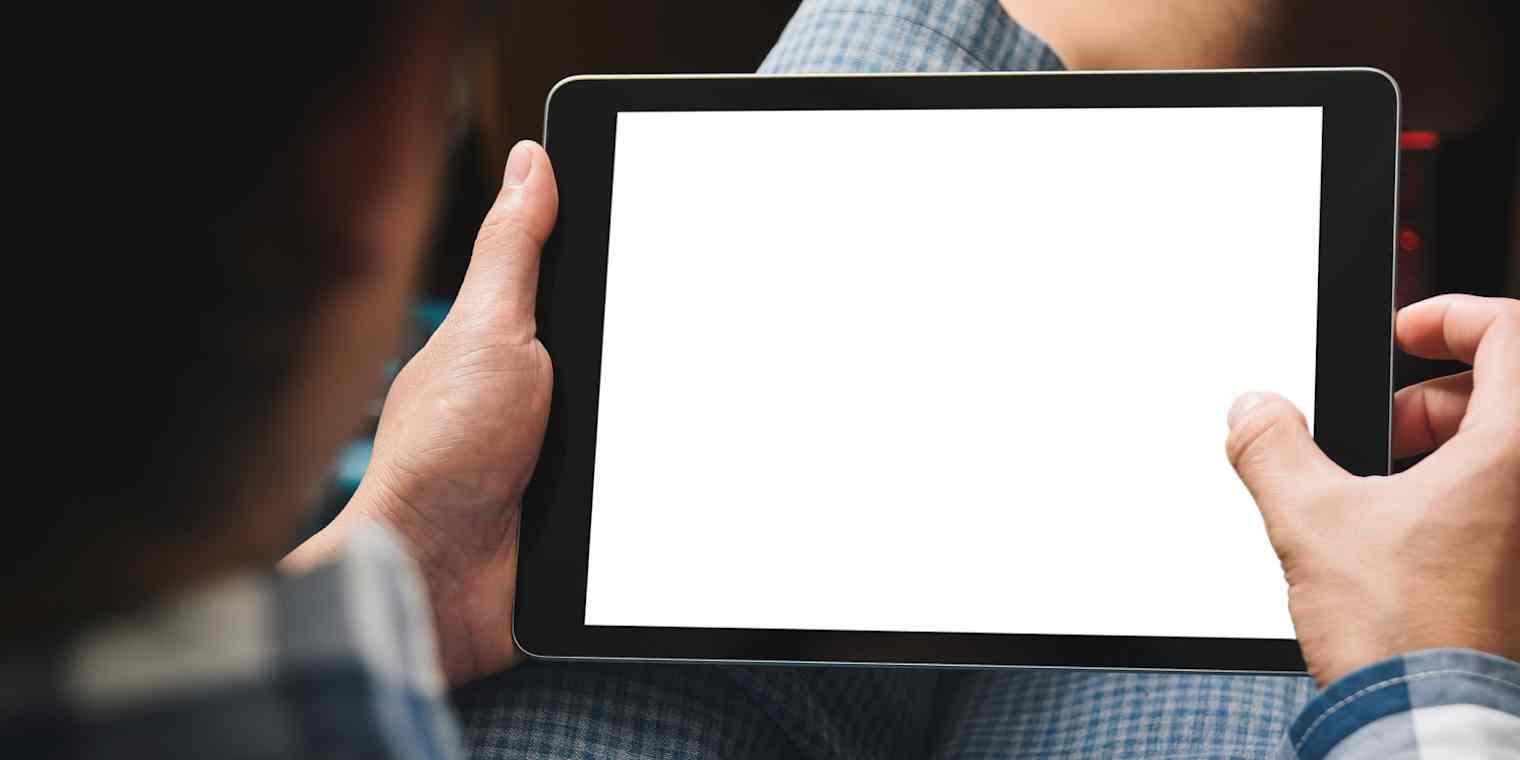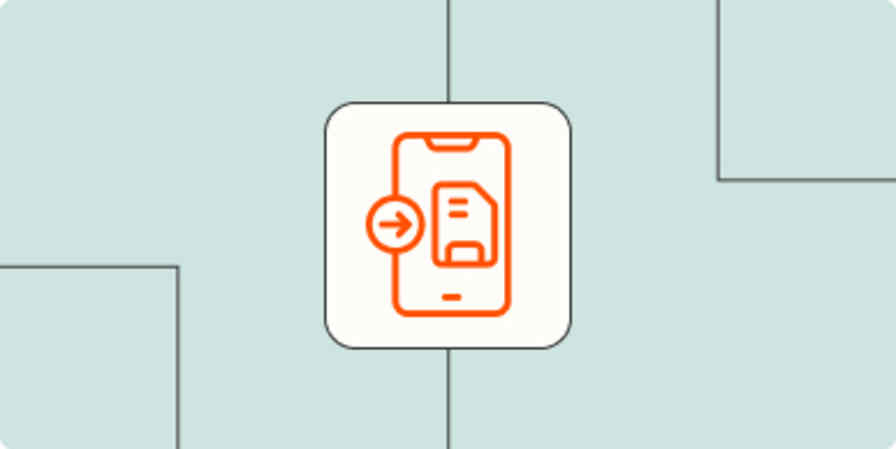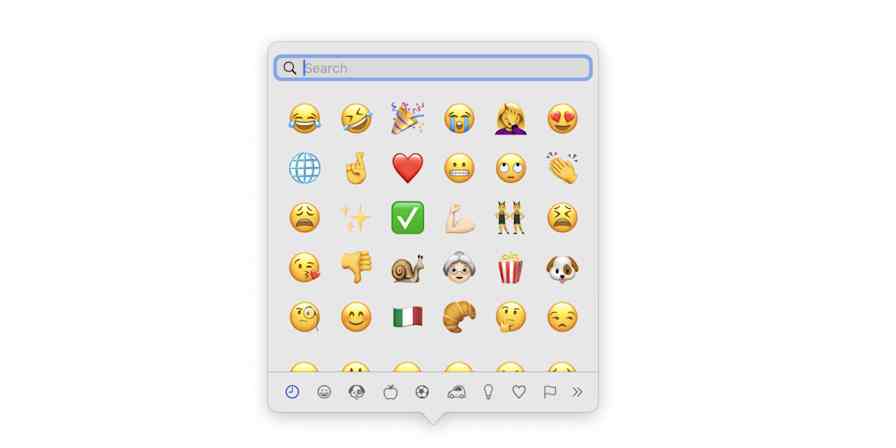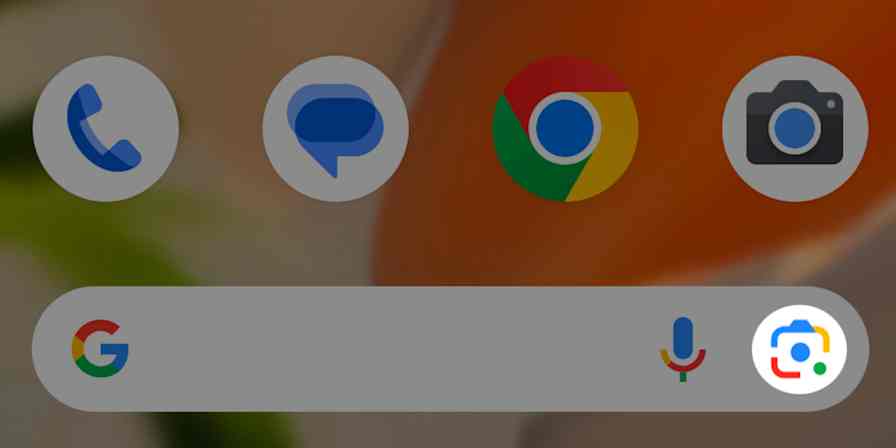Productivity tips
3 min readI tried replacing my computer with an iPad Pro. It did not go well.
By Scott Duncombe · May 11, 2021

Get productivity tips delivered straight to your inbox
We’ll email you 1-3 times per week—and never share your information.
Related articles
Improve your productivity automatically. Use Zapier to get your apps working together.







